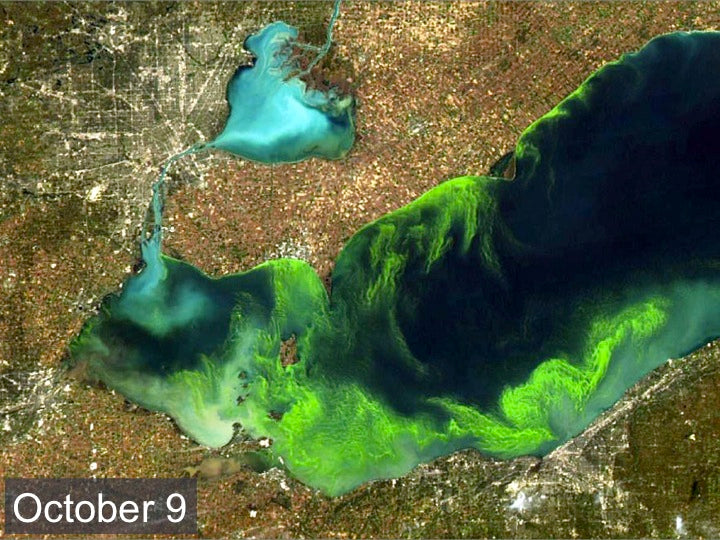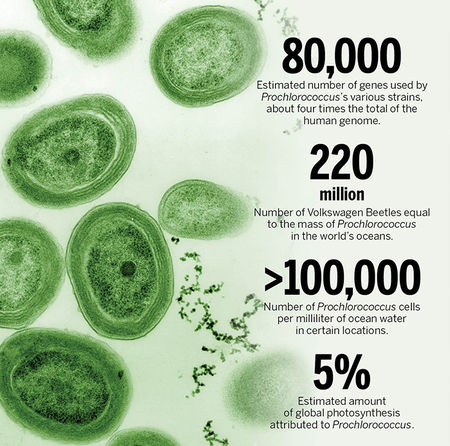News
- All
- algae
- algae biofuel
- algae bloom
- algae culture kit
- alkali water
- arthrospira
- can you eat fresh algae?
- carbon dioxide
- climate change
- International space station
- ionized water
- Kangen water
- Lipid extraction
- Micro Marine Maintenance
- Microplastics
- oil spill
- phosphate
- Photosynthesis
- pigment extraction
- Porphose
- research projects
- Science Blog
- science fair
- secchi disk
- space algae
- Spirulina
- toxic algae
- voucher
The Different Types of Erlenmeyer Flasks
Erlenmeyer flasks are recognizable from their basic characteristics: flat bottom, conical body, and long, cylindrical neck. They are named for German chemist Emil Erlenmeyer. Though the Erlenmeyer flask pictured above is what comes to mind when most people think of...
The Difference Between Flasks and Beakers
Sorting through nerdy jargon: how to sound like a real scientist. Many people outside the science world use the terms ‘flask’ and ‘beaker’ interchangeably. While both tools are often used in a science lab, they are actually quite different. Flasks...
The Extraoridinary Life of Brainy Briny
You’ve seen brine shrimp in our Brain Briny kits, but we think it’s time you get to know a little more about the life of a common brine shrimp. Brine shrimp start as small cysts (the cysts that come in...
Saving the Planet, One Box at a Time
Our mission at Algae Research Supply is to save the planet (we’re total geeks, as you know), and that’s why we use recycled boxes. All this means for you is that some of the product you buy from us will...
Following Lake Erie's Algae Bloom Season
The fine folks at NOAA are doing an experiment to try and predict how the algae bloom season will shape up. They are taking quantifiable factors such as nutrients (mainly phosphate) as well as rainfall and predicting where and when...
Congratulations to Arizona high School Student Emily Ignatoff!
This is Emily Ignatoff, award winning high school student who used ARS algae for her science fair project this year on the interaction between algae and microplastics.
Plastic ingredients negatively effect the oceans most abundant phytoplankton.
Wow. Simply wow. Researchers at Macquarie University, Sydney, Australia have found that some of the plastic lechates (chemicals that are used in the manufacture of plastics that can escape from the material) will slow the growth and photosynthetic rates of (arguably) the...
Can I delay delivery until the fall semester?
Hi Teachers, We have had a few teachers and staff call us up and ask if they can buy things now (end of spring 2025 semester) and have them for the fall. The answer is yes! Send in your POs...
This season is typically busy in the lab here at Algae Research Supply, filling orders, going to conferences, and helping supply resources and answer questions about science fairs. We are always excited when our algae makes it to science fairs...







